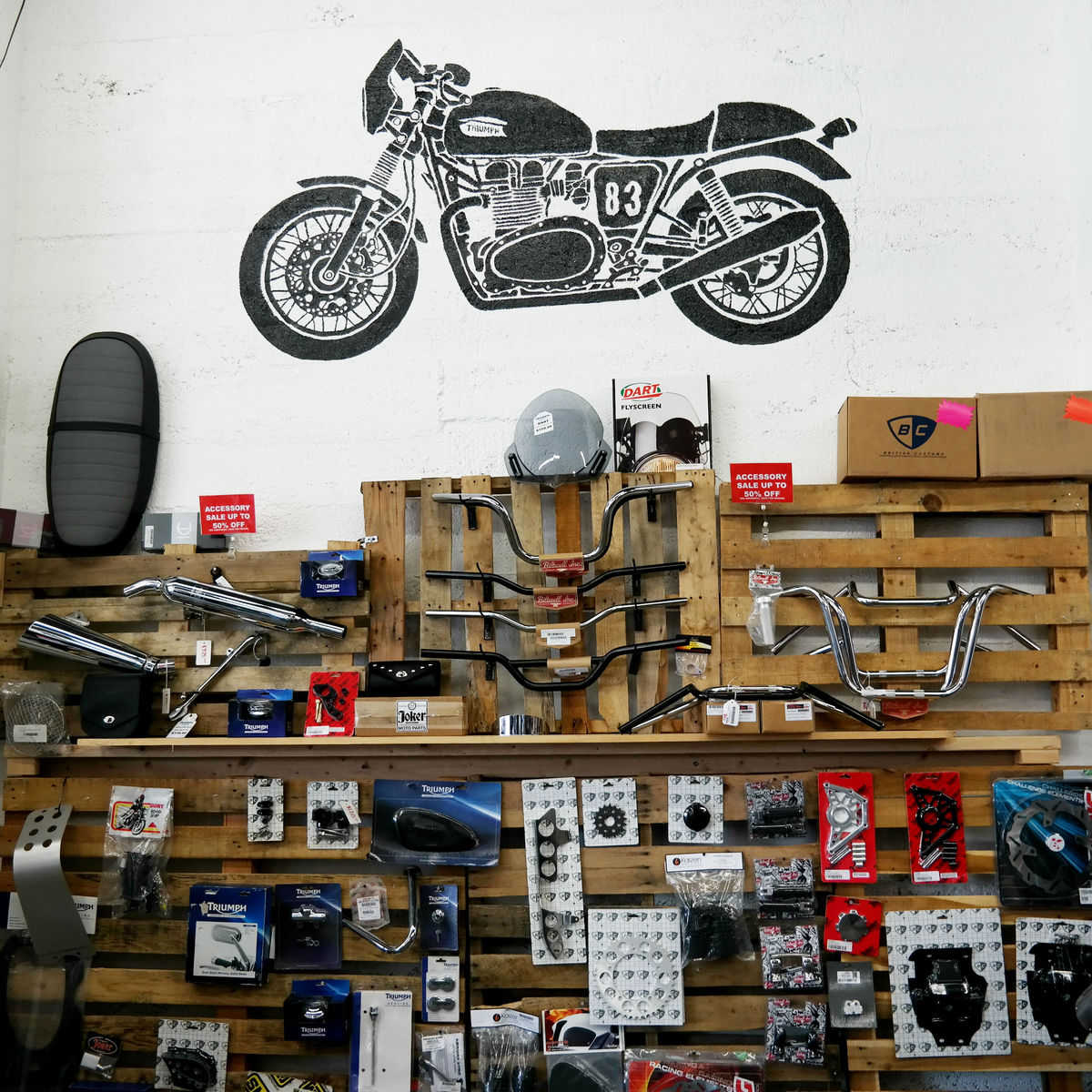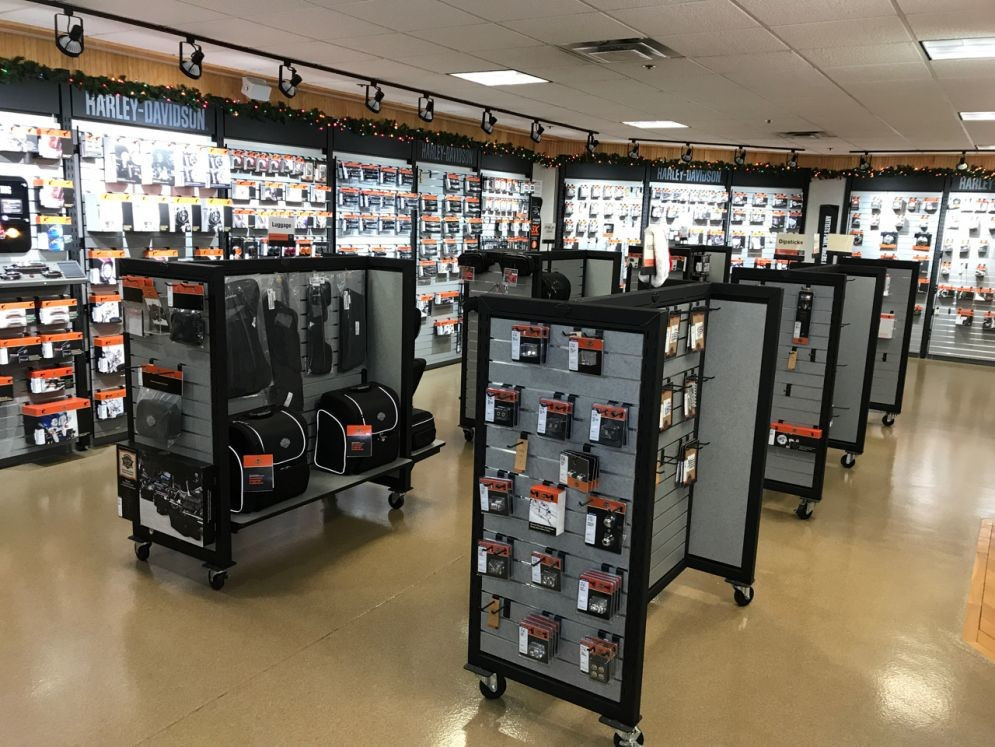Unleash Efficiency with Costs Motox Parts NZ Available Below
Unleash Efficiency with Costs Motox Parts NZ Available Below
Blog Article
Comprehending the Vital Parts of a Bike: A Comprehensive Guide for Fanatics
For motorbike lovers looking to boost their riding experience and guarantee their bikes run efficiently, recognizing the important elements of a motorbike is vital. Each component, from the engine's elaborate operations to the crucial function of the stopping devices, not just influences performance yet additionally safety and convenience.
Engine Components

The camshaft plays a crucial duty in controlling the timing of the engine's shutoffs, ensuring the exact opening and closing needed for efficient gas and air intake, in addition to exhaust expulsion. This timing is important to preserving optimal engine performance and efficiency. In addition, the carburetor or fuel injection system, depending upon the motorbike model, is in charge of mixing air with gas in the correct proportion for burning.
The cooling system, either air or liquid-based, functions to keep the engine's temperature within operational limits, protecting against overheating and ensuring longevity - motocross gear nz. Each element, thoroughly developed and integrated, adds to the smooth operation of the engine, specifying the motorbike's power result and total efficiency
Transmission System
Important to the bike's capability, the transmission system guarantees effective power transfer from the engine to the wheels. This system comprises a number of crucial elements, including the clutch, gearbox, and last drive, each playing an important function in equating the engine's power right into activity. The clutch, typically run by a hand lever, offers to disengage the engine and involve from the transmission, permitting smooth equipment changes and controlled velocity.
The gearbox, often described as the transmission proper, has a collection of gears that cyclists can by hand move with to adjust the bike's rate and torque result. These gears are organized in a sequence that allows the motorbike to speed up smoothly and preserve optimum engine performance across different speeds. The majority of bikes use a consecutive gearbox, requiring the rider to change gears in an established order.
Braking Systems
While understanding the transmission system is key to taking advantage of a motorcycle's power, similarly important is the capability to regulate and stop that power successfully, which is where stopping devices come into play. Brakes are critical for security and performance, offering the cyclist with the needed control to browse various surfaces and conditions. Generally, bikes include 2 kinds of braking systems: disc brakes and drum brakes.
Disc brakes are more widespread in modern motorbikes due to their superior performance. This system supplies better warmth dissipation, constant efficiency, and enhanced quiting power, particularly in damp problems.
On the other hand, drum brakes, though much less typical, are still found in some bikes. They work by pressing brake footwear versus the inner surface area of a drum connected to the wheel. While generally less reliable in heat dissipation and stopping power, drum brakes are easier and extra economical.
Understanding these braking systems' nuances enables motorcyclists to keep their bikes properly and appreciate the engineering that ensures secure and efficient stopping.
Suspension and Guiding
Suspension and steering systems are important elements that dramatically affect a bike's handling and ride convenience. The suspension index system, including forks at the front and shock absorbers at the rear, absorbs road irregularities, enhancing stability and control. Front forks, inverted or generally telescopic, compress and rebound to reduce impacts, while rear shock absorbers keep tire call with the roadway, vital for grip and safety and security.
Guiding, focused around the handlebars, connects the rider to the motorcycle's directional control. The steering head bearings guarantee smooth procedure, permitting specific ability to move. Appropriate positioning and maintenance Full Article of these bearings are essential for foreseeable guiding reaction and minimizing biker fatigue.
The suspension's adjustability is an additional important element; preload, damping, and rebound settings allow modification to match different riding conditions and designs. This flexibility is crucial for maximizing performance, whether browsing metropolitan roads or dealing with tough trails. Technologies like electronic suspension systems supply real-time modifications, improving ride quality across diverse terrains.

Electric Solutions
After making certain a regulated and smooth trip via efficient suspension and guiding systems, attention turns to the electric systems, a critical facet of modern motorbikes. These systems play a crucial function not just in starting the engine however also in powering numerous components that enhance the capability and security of the motorcycle.
At the heart of a bike's electrical system is the battery, which shops electric power needed for starting the engine and powering auxiliary systems - motocross gear nz. The alternator or generator, paired with the rectifier-regulator, makes sure the battery remains billed while the motorcycle functions, transforming mechanical power right into electrical power and maintaining voltage levels
The ignition system, one more important part, is accountable for stiring up the air-fuel mixture in the engine's cylinders. Modern motorcycles commonly make use of a digital ignition system, offering greater effectiveness and integrity contrasted to traditional systems.
Lighting systems, including headlights, tail lights, and indicators, are also crucial, ensuring visibility and security for the rider. Additional electronic parts such as sensing units, control units, and displays add to sophisticated features like gas injection management, anti-lock stopping systems (ABDOMINAL MUSCLE), motorcycle protective clothing and electronic dashboards, even more improving the riding experience.
Verdict
A comprehensive comprehension of a bike's necessary components, including the engine, transmission system, stopping systems, suspension, steering, and electric systems, is crucial for lovers aiming to maximize performance, security, and comfort. Proficiency of these components permits educated decisions pertaining to maintenance and upgrades, eventually enhancing the riding experience. By integrating this expertise, bikers can guarantee their motorbikes run at peak effectiveness and reliability, therefore making the most of both enjoyment and long life of their cars.
For bike lovers looking to elevate their riding experience and ensure their bikes run efficiently, recognizing the crucial elements of a bike is paramount.Important to the motorbike's functionality, the transmission system ensures effective power transfer from the engine to the wheels.While understanding the transmission system is essential to utilizing a motorbike's power, similarly vital is the capacity to control and stop that power properly, which is where braking systems come right into play. Typically, motorcycles feature two types of braking systems: disc brakes and drum brakes.
A complete understanding of a bike's important elements, including the engine, transmission system, braking systems, suspension, steering, and electric systems, is vital for enthusiasts aiming to enhance safety and security, performance, and comfort.
Report this page